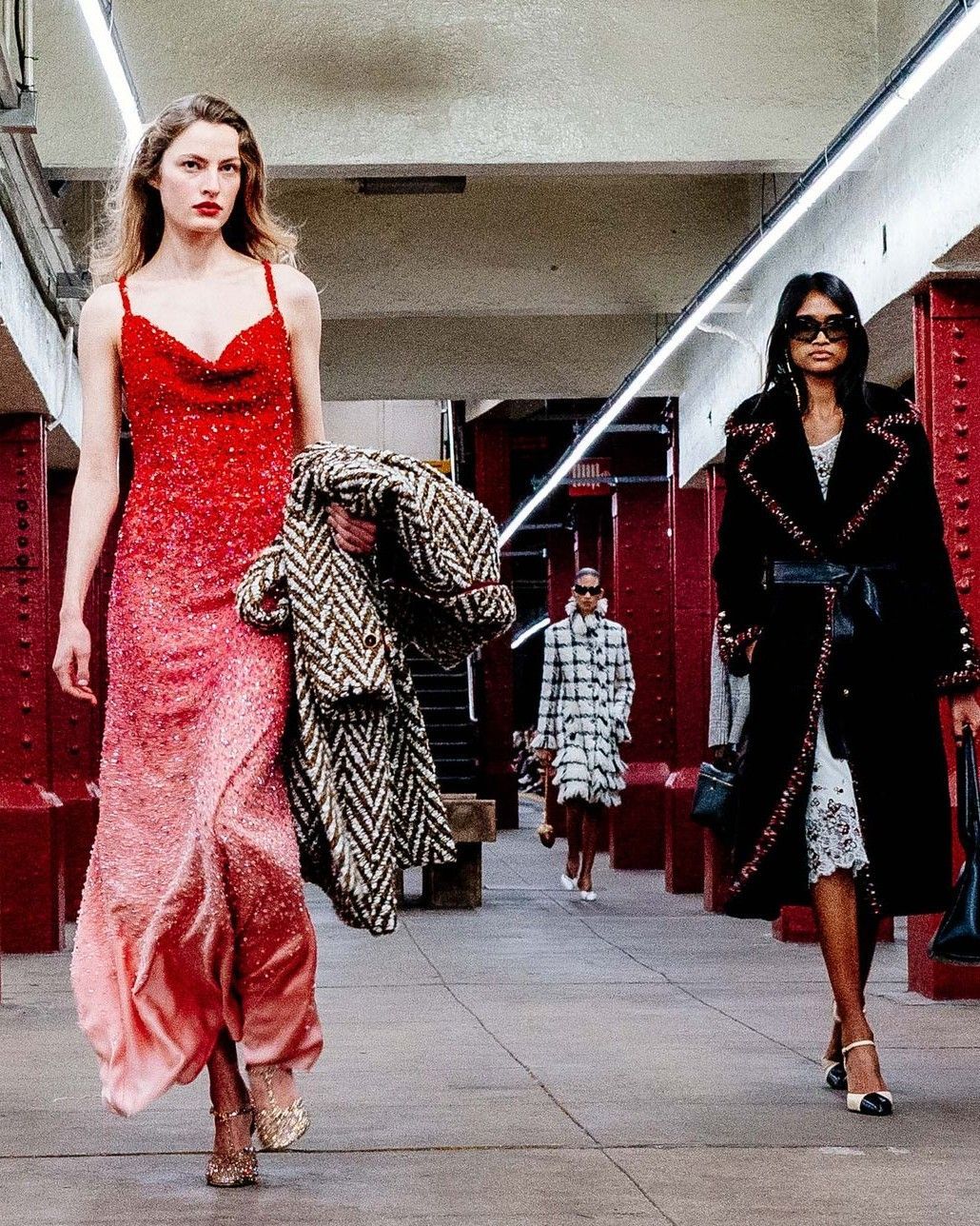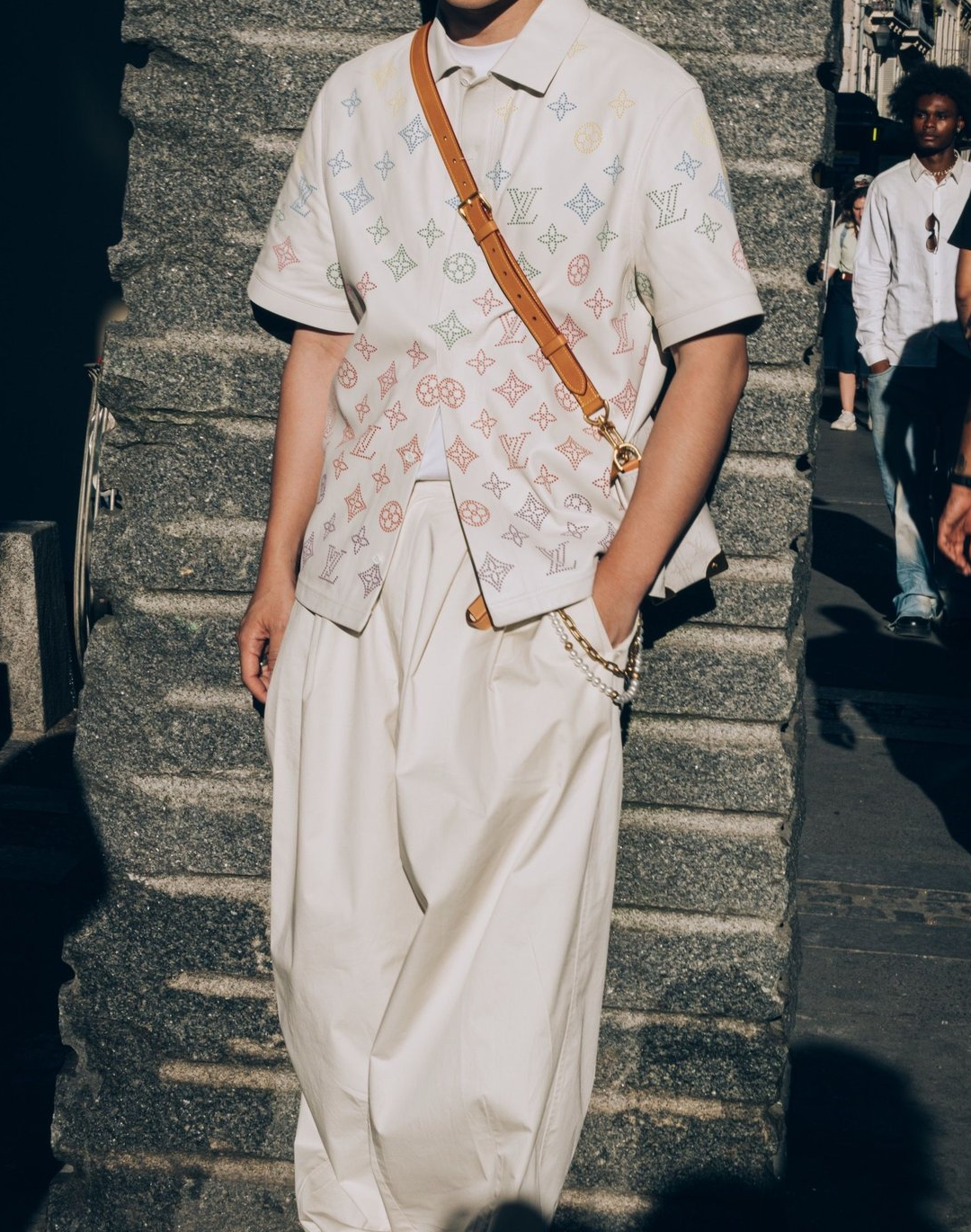
How many shows should a brand hold each year? Dior is among the most prolific brands, averaging one show per month in the first half of 2023
When the Resort/Cruise show season is at its peak and summer fashion weeks are less and less distant, it is easy to feel that brands are bombarding us with shows. The pace is actually not too different from other years but if there is one thing that has jumped out at us this season it is that one brand in particular, Dior, presented its Pre-Fall 2023 and Resort 2024 collections with two back-to-back destination shows in Mumbai and Mexico - a first for the LVMH brand that has not only become synonymous with spectacular shows set in epic international locations in recent years but will go as far as to hold a total of nine shows this year, more than any other brand in the industry today. The French titan, which recorded 21 billion in revenue in the first quarter of the year alone, has not stopped for a second in 2023: in fact, so far it has kept up an average pace of one show a month since the beginning of 2023 - a pace it will maintain until July when the June menswear and July Haute Couture collections will be presented, followed by the September ready-to-wear and the traditional men's Pre-Fall at the end of the year. There is one peculiarity, however: until now the brand had presented the women's Pre-Fall via a simple lookbook, and the decision to turn this collection into a destination show as well suggests that LVMH executives wish to up the ante by increasing the frequency of these high-profile events. The number of shows organized by Dior is certainly above average given that, for example, giga-brands such as Louis Vuitton, Gucci, and Chanel have so far organized between three and four coming to an overall average of six shows annually.
But why the disproportion? According to Andy Moller, creative director of Studio Boum, an agency that organizes events and fashion shows in London, the goal is « resonating more strongly than a single global event that speaks more broadly in areas where nuanced discussion is impossible. It makes sense to celebrate and regularly reaffirm the Maison's spirit and foundation with Couture and Ready to Wear in Paris, while also speaking to and building new clients in regions with other stories around Resort». A figure that then translates into sales: along with Louis Vuitton, Dior has become the second best performer in LVMH's fashion division with a 17 percent increase in revenue recorded in the first quarter of this year alone and surely set to grow. Even without descending into excessive financial details, the correlation between revenue growth and number of shows is quite direct in key-markets for brand expansion, in this case Mexico and India - the latter in particular being the country of residence of 36% of the world's billionaires, capable of generating $7.5 billion in sales alone in 2022 with projections that the size of the country's luxury market will more than triple in the next seven years. «Having something local gets people talking locally», Moller explains. «Is it worth it? Well it’s all very considered and strategised so I don’t think they would take place as often as they do if they weren’t».
It is clear that a show is not the only way to forge relationships with a certain brand's local community-in this regard Andy cites Prada Mode, a series of private events organized by the brand around the world (the most recent, and eighth, edition was held in Dubai last November) dedicated to contemporary art and culture. These events, according to Andy, «constructing universes that go beyond the fashion show to explore the brand's identity, creating that desired halo effect in far more dynamic and interesting ways» even if this kind of shows «strengthens and solidifies relationships and puts the brand front of mind. The afterglow of big events continues long after the show has been packed up and it engages lots of different types of clients». Recently, for example, the business model followed by Chanel and its CEO Leena Nair, which has led to extraordinary revenue growth this year, had at its core the dedicated sales experience for top clients in the brand's private salons («the ultimate luxury experience» as many called it) side by side with the opening of a few traditional boutiques and many stores dedicated instead to the direct sale of cosmetics and perfumes, which, by the way, are depopulating online (the brand only sells these online, while clothing and jewelry have to be bought directly in the store) coming to constitute 20 percent of total sales in the category. Here on the one hand there is the experience of shows that, like Dior's, also involve top clients - but on the other hand there is more investment in a completely personal type of relationship between brand and big spender. This is a path that many brands, including Gucci, are following - but perhaps Dior's strategy, which far exceeds Chanel in revenue, is that of a company that wants to go both ways by combining the bespoke experience with the big pop spectacle of destination shows. Will it work? The dividends will be the ones to tell.














































